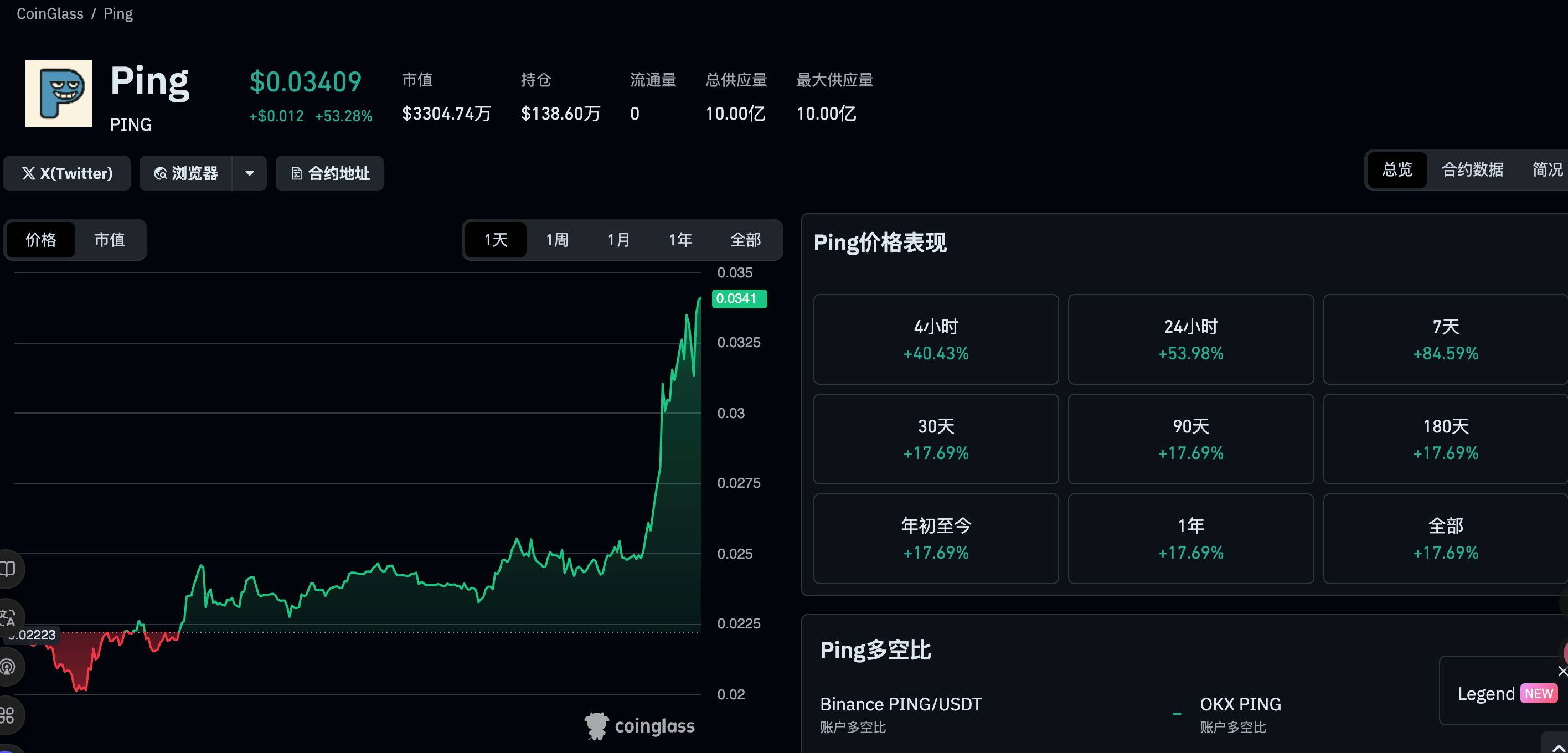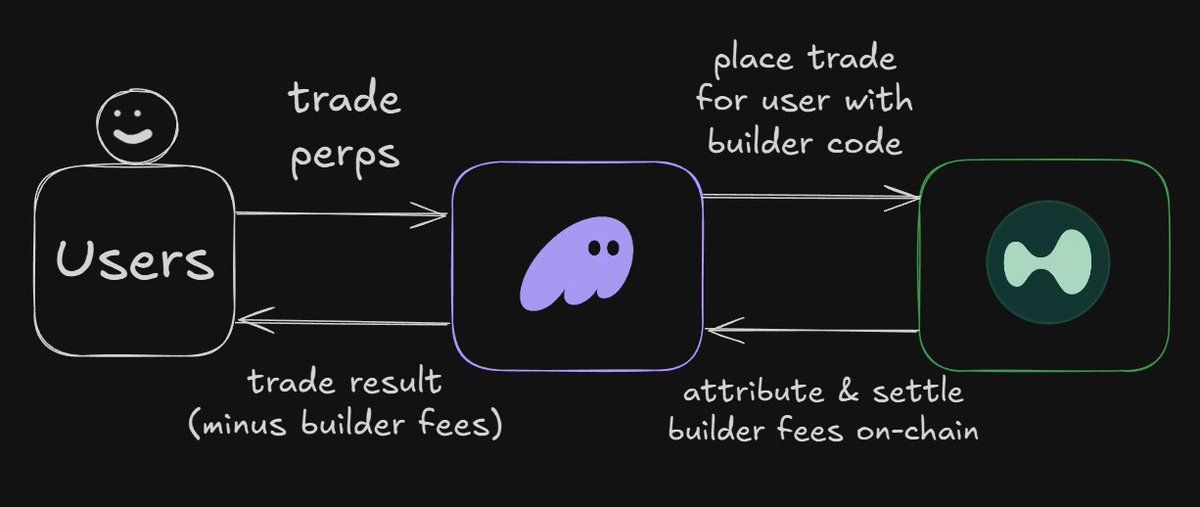Chinese crypto enforcement leads to $20 million Bitcoin laundering bust
Authorities in Beijing’s Haidian District have reportedly uncovered a Bitcoin laundering operation involving approximately 140 million yuan (around $20 million) allegedly stolen by employees of Kuaishou, a leading Chinese short-form video platform.
The investigation revealed that several Kuaishou employees conspired with external parties to embezzle company funds for business development incentives. Under the platform’s subsidy policies, these incentives were designed to reward operators and service providers.
However, one employee in a position of authority manipulated the process for personal gain.
How the Bitcoin scam unfolded
According to the report, the employee, identified by local media as Feng, was responsible for approving new participants and formulating incentive policies.
During the rollout of a new bonus program, Feng created policy gaps and leaked internal data to outside collaborators. These partners then submitted falsified applications that appeared to meet eligibility requirements, allowing them to fraudulently claim reward funds.
The conspirators set up shell companies to receive the stolen funds and conceal the theft. They then transferred the money through eight offshore crypto exchanges, converting it into Bitcoin in multiple batches.
The group also used crypto mixing services to obscure the origin and destination of the assets, making the flow harder to trace.
After converting the Bitcoin into Chinese yuan through underground channels, the funds ended up in accounts controlled by Feng and the accomplices.
Despite this significant laundering process, law enforcement agencies were eventually able to track and seize more than 90 BTC tied to the scheme.
The authorities also prosecuted the individuals involved, handing out prison sentences ranging from six months to 14 years for financial misconduct and embezzlement.
This case highlights China’s firm approach toward cryptocurrency-related crimes. Although the country banned crypto trading in 2017 and declared all digital asset transactions illegal in 2021, authorities remain active in policing the space.
Notably, China still holds a significant amount of Bitcoin, over 190,000 BTC, seized during past investigations into illicit crypto activities
The post Chinese crypto enforcement leads to $20 million Bitcoin laundering bust appeared first on CryptoSlate.
Disclaimer: The content of this article solely reflects the author's opinion and does not represent the platform in any capacity. This article is not intended to serve as a reference for making investment decisions.
You may also like
$PING rebounds 50%, a quick look at the $PING-based launchpad project c402.market
c402.market's mechanism design is more inclined to incentivize token creators, rather than just benefiting minters and traders.

Crypto Capitalism, Crypto in the AI Era
A one-person media company, ushering in the era of everyone as a Founder.

Interpretation of the ERC-8021 Proposal: Will Ethereum Replicate Hyperliquid’s Developer Wealth Creation Myth?
The platform serves as a foundation, enabling thousands of applications to be built and profit.

Data shows that the bear market bottom will form in the $55,000–$70,000 range.
If the price falls back to the $55,000-$70,000 range, it would be a normal cyclical movement rather than a signal of systemic collapse.

